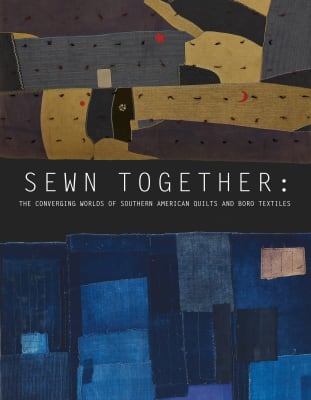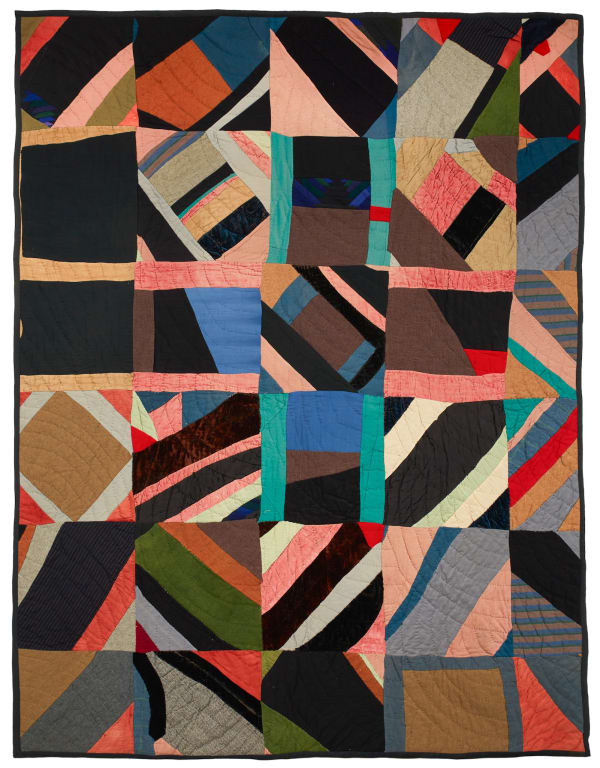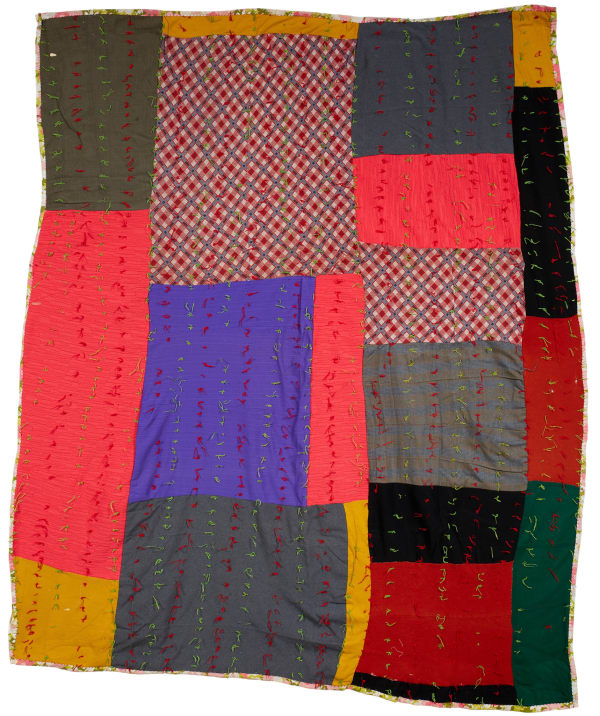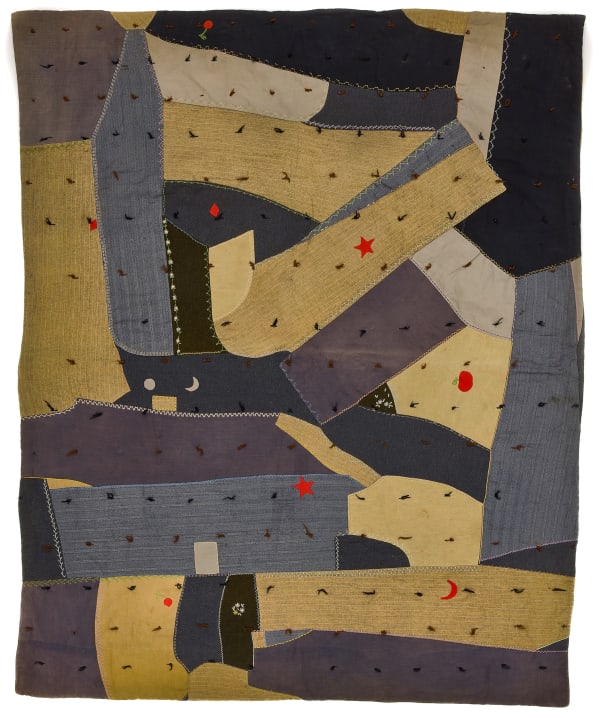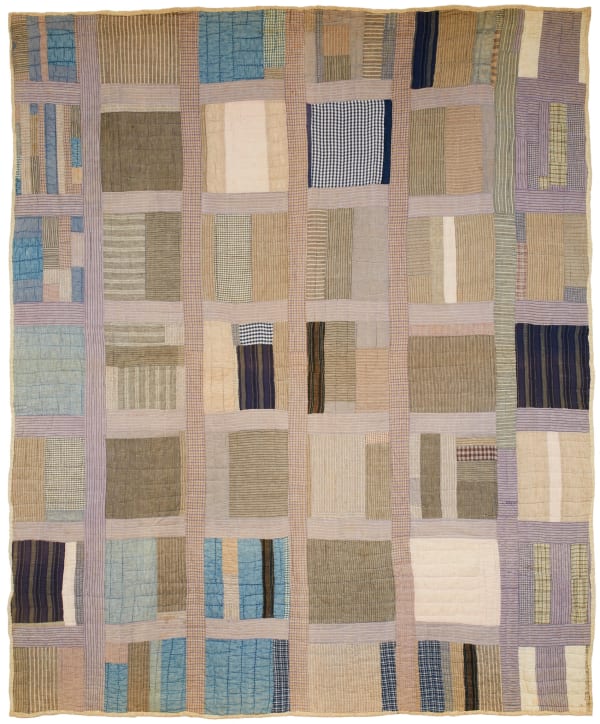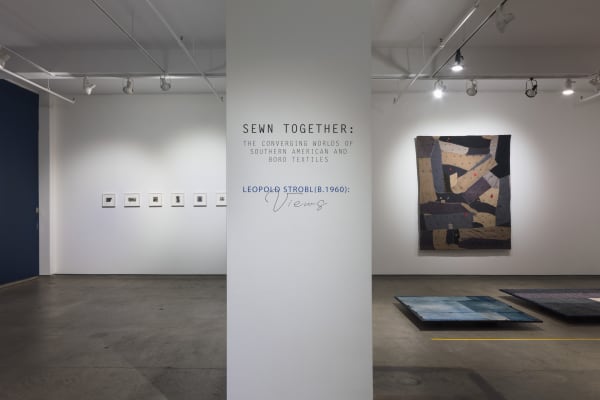The Converging Worlds of Southern American Quilts And Boro Textiles
Southern, African American quilts, and their distant cousins Japanese Boro textiles have distinct origins, histories, and cultural contexts, but they share some commonalities in terms of their historical significance and artistic expression. Together, they offer fascinating insights into the power of textile art and storytelling.
The cultural background of African American quilts has its roots in the African diaspora and the tradition of textile arts brought to America by enslaved Africans. Quilting became an important means of creative expression and storytelling within African American communities, often serving to document history and preserve cultural heritage. The same holds true for the broader quilting tradition in the American South.
Boro textiles originated in Japan, specifically in rural farming communities during the Edo period (1603-1868) and continued into the early 20th century. Boro refers to patched and mended textiles that were born out of necessity due to limited resources. It was a way for rural Japanese people to reuse and extend the life of worn-out fabrics. Boro quilts were primarily created for functional purposes, such as providing warmth or mending garments. They reflect the practicality and resourcefulness of the Japanese rural population during challenging times.
— Ren Riley (continued below)
-
Known for their vibrant palette, American quilts consist of intricate piecing of a variety of fabrics (including scraps and repurposed materials), and diverse quilt block patterns. These quilts often incorporate appliqué, embroidery, and storytelling elements with designs representing cultural symbols, family history, or significant events. They often feature bold patterns, and improvisational designs, reflecting the creativity and individuality of the quilter.
-
-
 Southern Patchwork "Crazy" Variation Quilt (Possibly African American), ca. 1910Pieced fabrics with applied stars, moon, and fruits81 x 65 in. (205.7 x 165.1 cm)(ArU 341)SOLD
Southern Patchwork "Crazy" Variation Quilt (Possibly African American), ca. 1910Pieced fabrics with applied stars, moon, and fruits81 x 65 in. (205.7 x 165.1 cm)(ArU 341)SOLD -
 Southern "Crazy" Variation Quilt Top, ca. 1930 (Possibly African American)Pieced cotton fabrics81 1/2 x 72 1/2 in. (207 x 184.2 cm)(ArU 345)$6,500
Southern "Crazy" Variation Quilt Top, ca. 1930 (Possibly African American)Pieced cotton fabrics81 1/2 x 72 1/2 in. (207 x 184.2 cm)(ArU 345)$6,500
-
-
Historically, American quilts have played a significant role in documenting and preserving their creators’ culture and experiences. They have been used as a form of resistance, activism, and storytelling, particularly during periods of slavery, the Civil Rights movement, and beyond. The Underground Railroad quilts served as coded messages to guide enslaved individuals to freedom.
-
BORO TEXTILES
Derived from the Japanese "boroboro," meaning something tattered or repaired, boro refers to the practice of reworking and repairing textiles (often clothes or bedding) through piecing, patching and stitching, in order to extend their use. -
Japanese Boro textiles are characterized by their patchwork appearance, created by layering and stitching together multiple pieces of indigo-dyed fabrics—worn-out textiles, resulting in a more subdued and textural aesthetic. The stitching, known as sashiko, is typically done with white or light-colored threads, creating a beautiful contrast against the deep blue hues of the fabric. The resulting composition is rustic, simple, and often asymmetrical, reflecting the wabi-sabi philosophy of embracing imperfections and transience.
-
Boro textiles carry the history and stories of rural Japanese communities during times of economic hardship and scarcity. They embody the values of frugality, resourcefulness, and sustainability. Boro textiles were created for functional purposes, such as providing warmth or mending garments, and often passed down through generations and have gained recognition as unique expressions of Japanese folk art and craftsmanship.
-
INSTALLATION
